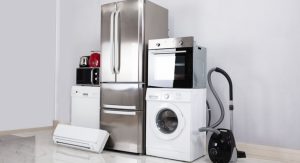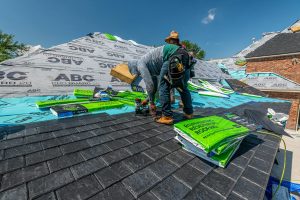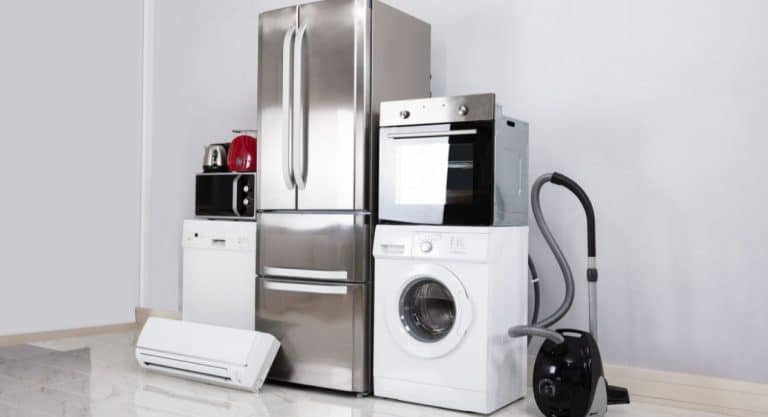As people reach retirement age, many face a big question: should they stay in their current home or move somewhere new? For most, the answer is simple—home is where the memories are. The challenge is making sure that your home continues to meet your needs as you age. Aging in place isn’t just a passing idea; it’s a way to maintain independence, comfort, and dignity in the place you love most.
Whether it’s widening doorways, upgrading bathrooms for safety, or improving accessibility, the right home upgrades can make all the difference. With thoughtful planning, you can create a safe, comfortable space that grows with you.
1. Why Aging in Place Matters
Staying in the home you love brings both emotional and financial rewards. You keep your community, your routines, and that sense of belonging that only familiarity brings. But aging in place also requires planning and adjustments to fit your changing physical needs.
Research shows that more than 80% of older adults want to remain in their homes for as long as possible. Unfortunately, many homes weren’t built with long-term accessibility in mind. Simple improvements like better lighting, slip-resistant floors, and single-level living spaces can prevent accidents and make life easier. Larger upgrades, such as adding ramps or modifying bathrooms, can improve both safety and comfort.
If funding these updates feels overwhelming, remember that there are options beyond dipping into savings or taking out a standard loan. Homeowners can explore tools like a reverse mortgage to tap into their home equity and pay for remodeling or accessibility improvements. It’s a flexible way to stay financially secure while making your home safer and more comfortable.
2. Smart Home Upgrades for Comfort and Safety
Improving your home for aging in place doesn’t always require a complete renovation. Some of the most effective changes are simple and affordable.
Bathroom Safety Upgrades:
Install grab bars near toilets and showers, add a walk-in tub or curbless shower, and choose slip-resistant flooring. These adjustments reduce the risk of falls and make daily routines safer.
Better Lighting:
As vision changes with age, lighting becomes crucial. Add motion-sensor lights in hallways, stairways, and bathrooms to make nighttime movement safer. Opt for warm-toned bulbs, which are easier on the eyes and create a cozy atmosphere.
Wider Doorways and Open Spaces:
Widening doorways helps accommodate mobility devices like wheelchairs or walkers. Keeping spaces uncluttered also reduces the risk of tripping.
Accessible Kitchens:
Lower countertops, pull-out drawers, and easy-to-reach cabinets make cooking and cleaning easier. Lever-style faucets can be a lifesaver for anyone with arthritis or limited hand strength.
Step-Free Entryways:
Consider adding a ramp or stair lift so you can easily access your home’s main areas. Modern designs can blend seamlessly with your exterior for an attractive, functional addition.
Smart Home Technology:
Voice-controlled lighting, thermostats, and locks can simplify daily tasks. Devices that detect falls or send alerts to family members add an extra layer of safety. Many of these tools also let you monitor your home remotely, offering peace of mind and convenience.
3. Balancing Comfort with Cost
These upgrades improve comfort and safety while adding long-term value to your home. Still, it’s important to balance what you want with what you can afford. Start with projects that directly impact safety, such as bathroom and lighting improvements, then move on to comfort and efficiency upgrades.
If you plan several renovations, working with an aging-in-place specialist can help you prioritize. They can design practical layouts and suggest affordable, step-by-step upgrades that fit your budget. You may also find local grants or community programs that help seniors cover renovation costs, allowing you to stretch your funds further.
4. Making the Right Decision for Your Future
Every homeowner’s situation is different. The best plan depends on your health, lifestyle, and finances. Think about how your daily routine might change in the coming years. Will you need wider hallways? More light? Easier bathroom access?
Planning now helps you avoid stress later. It gives you time to budget, choose quality materials, and enjoy your upgrades sooner rather than waiting until they’re urgently needed. Having open conversations with family can also make future decisions easier and ensure everyone’s on the same page.
A home that adapts with you is more than just practical—it’s empowering. It gives you the freedom to live your life fully, surrounded by the memories and comfort that matter most.
Final Thoughts
Aging in place is about more than your house—it’s about peace of mind. With a few smart upgrades and thoughtful financial planning, you can create a home that supports you for years to come. From simple lighting changes to bigger remodeling projects, every improvement helps you live safely and independently.
Whether you’re planning for yourself or helping a loved one, now is the perfect time to start. After all, aging in place isn’t about staying still—it’s about staying strong, comfortable, and confident in the home you love.













